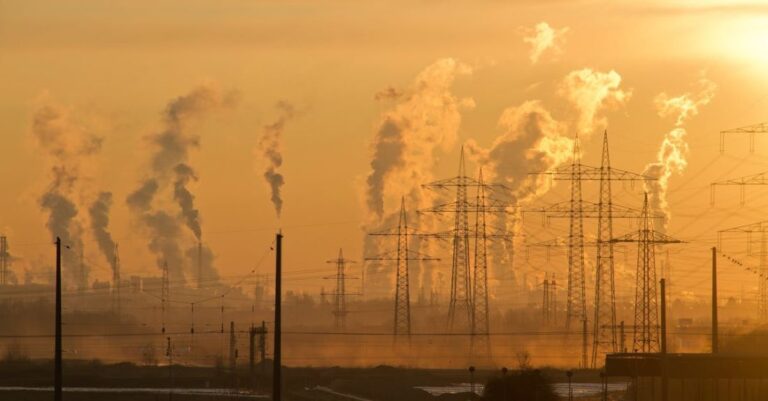
As the world grapples with the urgent need to address climate change, the adoption of renewable energies has emerged as a crucial solution in reducing carbon footprint. Renewable energies, such as solar, wind, hydropower, and geothermal, offer a cleaner and more sustainable alternative to fossil fuels. In this article, we will explore how these renewable sources of energy play a significant role in mitigating carbon emissions and combating the effects of global warming.
### The Rise of Renewable Energies
In recent years, there has been a notable shift towards renewable energies as countries and industries seek to transition to more environmentally friendly practices. The declining costs of renewable technologies, coupled with growing concerns about climate change, have accelerated this transition. Solar panels, wind turbines, and other renewable energy systems have become more accessible and cost-effective, making them viable options for reducing carbon emissions.
### Harnessing Solar Power
Solar energy is one of the most abundant and accessible sources of renewable energy. By harnessing the power of the sun through photovoltaic panels, we can generate electricity without producing harmful greenhouse gases. Solar power systems can be installed on rooftops or in large solar farms, providing clean energy to homes, businesses, and communities. By utilizing solar energy, we can reduce our reliance on fossil fuels and decrease our carbon footprint.
### Tapping into Wind Energy
Wind energy is another key player in the renewable energy sector. Wind turbines convert the kinetic energy of the wind into electricity, offering a clean and sustainable alternative to traditional power sources. Wind farms, both onshore and offshore, have become increasingly common, contributing to the global effort to reduce carbon emissions. By harnessing the power of the wind, we can generate electricity without releasing harmful pollutants into the atmosphere.
### Embracing Hydropower
Hydropower, generated from the energy of flowing water, is a well-established source of renewable energy. Dams and hydroelectric power plants utilize the force of water to produce electricity, offering a reliable and clean energy source. Hydropower plays a crucial role in reducing carbon emissions by displacing the need for fossil fuel-based power generation. By embracing hydropower, we can harness the natural power of water to meet our energy needs sustainably.
### Harnessing Geothermal Energy
Geothermal energy taps into the heat stored beneath the Earth’s surface to produce electricity and heat buildings. Geothermal power plants use the natural heat of the Earth to generate clean energy, reducing the reliance on fossil fuels. By harnessing geothermal energy, we can reduce carbon emissions and combat climate change while providing a reliable source of power. Geothermal energy offers a sustainable solution for heating and cooling systems, further contributing to the reduction of carbon footprint.
### Conclusion: A Sustainable Future with Renewable Energies
In conclusion, renewable energies play a crucial role in reducing carbon footprint and combating climate change. Solar, wind, hydropower, and geothermal energies offer clean and sustainable alternatives to fossil fuels, helping to mitigate the impact of carbon emissions on the environment. By embracing renewable energies, we can pave the way towards a more sustainable future and reduce our reliance on polluting energy sources. It is essential for governments, industries, and individuals to continue investing in and adopting renewable energies to create a cleaner and greener planet for future generations.





